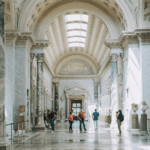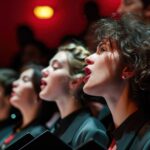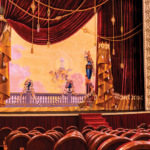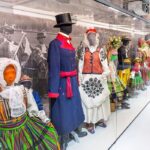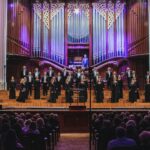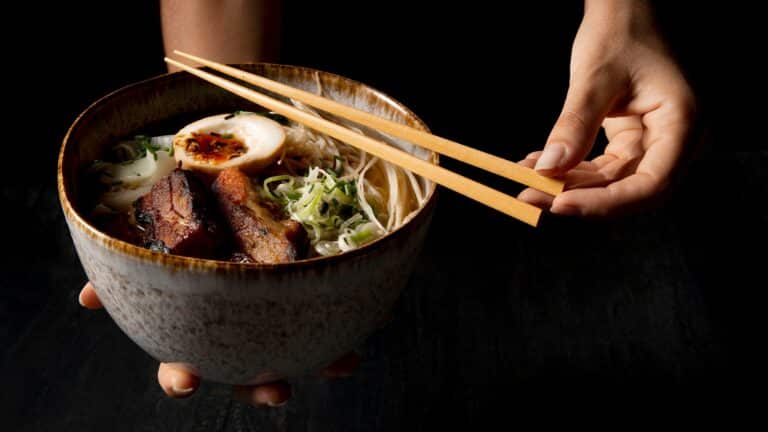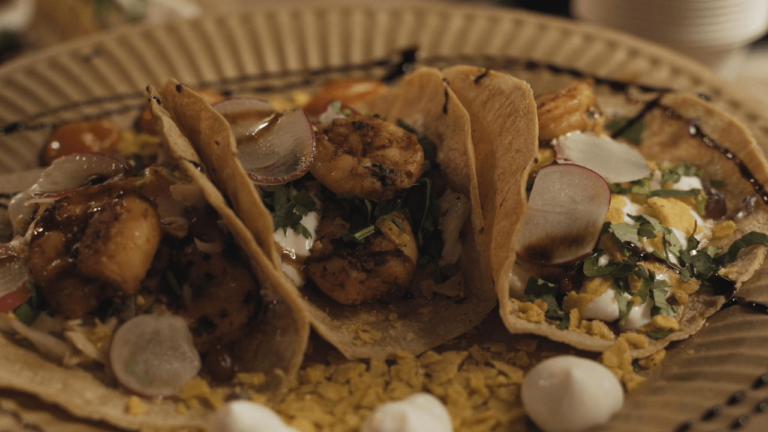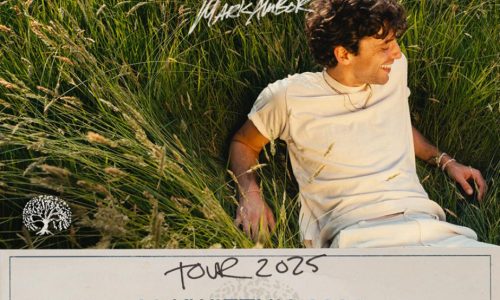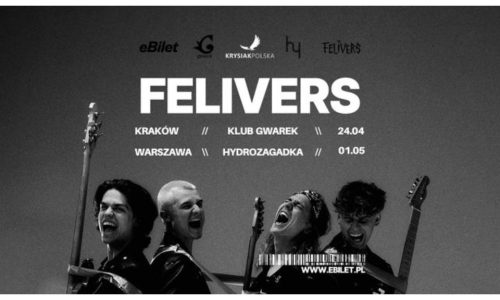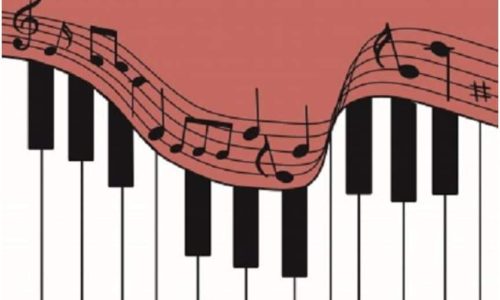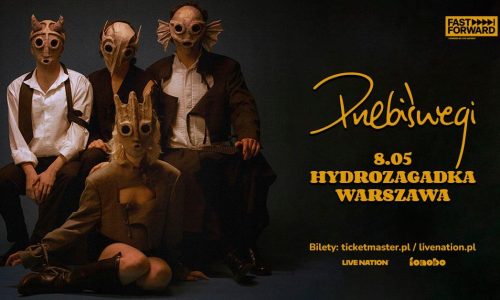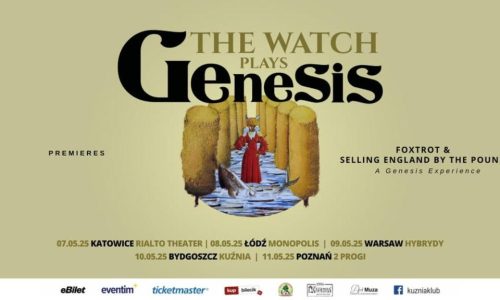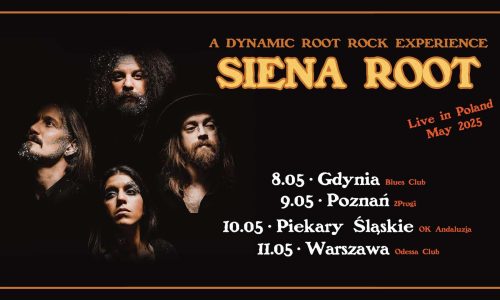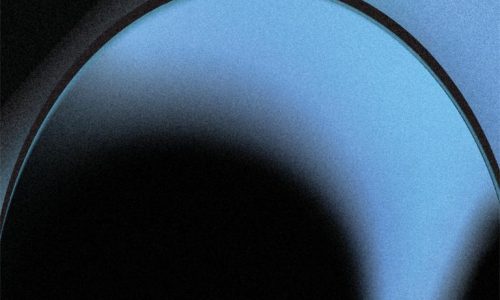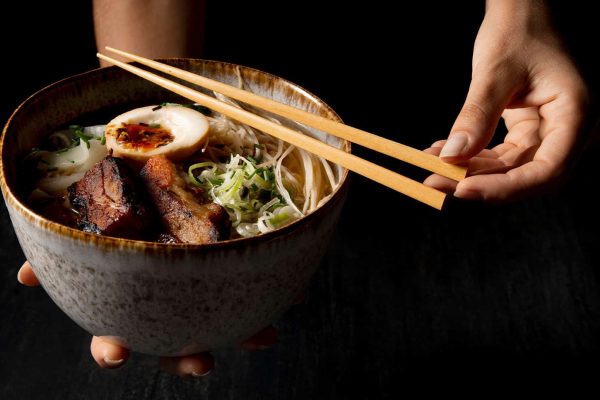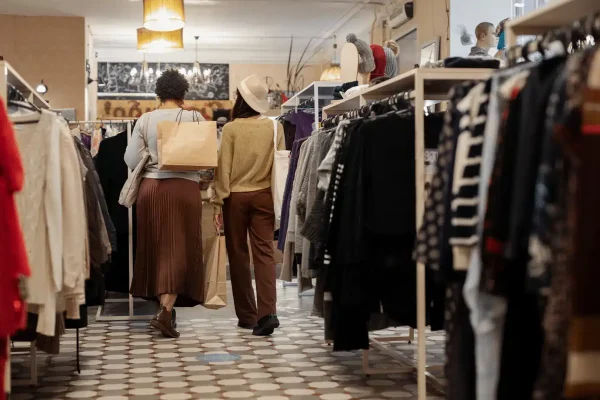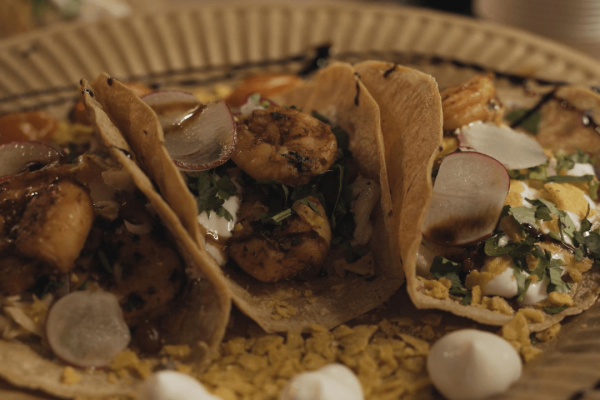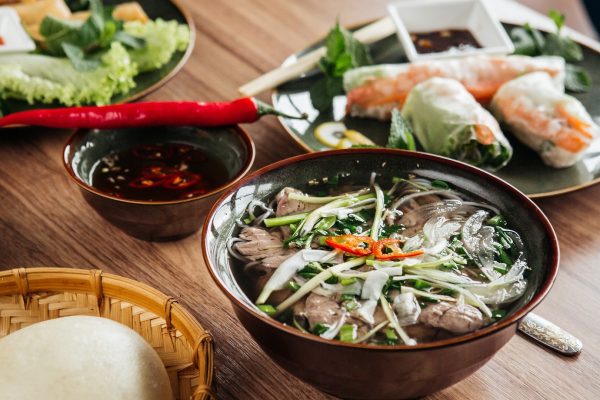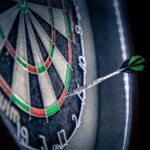Performers:
André Lislevand viola da gamba
Jadran Duncumb lute, theorbo
Programme
François Couperin
Prelude from Suite No. 1 in E minor from the collection Pièces de viole [4′]
Marin Marais
Chaconne No. 83 from the Sixth Suite in G major from the Fifth Book of Pièces de viole [5′].
Marin Marais
Sarabande Grave No. 99 from Suite No. VII in G major from Book III of Pièces de viole [3′].
Marin Marais
Rondeau No. 54 from the Fourth Suite in D major from Book III of Pièces de viole [3′].
Marin Marais
Prelude No. 4 from Suite No. 1 in D minor from Book II of Pièces de viole [2′]
Marin Marais
Allemande No. 7 from Suite No. 1 in D minor from Book II of the Pièces de viole [4′]
Robert de Visée
Courante I & II from the collection Pièces de Théorbe et de Luth [3′].
Marin Marais
Plainte No. 55 from the Fourth Suite in D major from the third book of Pièces de viole [5′].
Antoine Forqueray
La Tronchin from Suite No. 3 in D major from the collection Pièces de viole [4′].
Carl Philipp Emanuel Bach (?)
Sonata in G minor for violin or flute traverso and basso continuo H 542.5 (version for viol da gamba and baroque lute) [12′].
Antoine Forqueray
Chaconne: La Buisson from Suite No. 2 in G major from the collection Pièces de viole [6′].
Antoine Forqueray
La Dubreüil from Suite No. 2 in G major from the collection Pièces de viole [4′].
Marin Marais
Plainte No. 86 from Suite No. 6 in G minor from Book III of Pièces de viole [3′].
Marin Marais
La Guitare No. 107 from Suite No. VII in G major from Book III of Pièces de viole [4′].
French gambist Hubert Le Blanc, noting in the mid-18th century the declining popularity of his instrument and its displacement by the violin and cello, published the treatise Defénse de la basse de viole. In Le Blanc's view, France was the 'empire of the viola da gamba', whose founder was Marin Marais, later developed by Antoine Forqueray. However, the two musicians presented a completely different style - according to Le Blanc, Marais resembled an angel with his playing, while Forqueray resembled a devil. The author of the treatise also outlined another opposition. He contrasted the melodiousness and tunefulness of the French style, comparing it to poetry, with the Italian style, in which he saw a significant role for harmony and a musical reflection of prose writing. He regarded Marin Marais as the master of the French style, claiming that his playing surpassed the beauty of the singers' voices. The melodiousness of the work must have been important to Marais because he consistently avoided performing sonatas in the Italian style. Forqueray, on the contrary, looked for models for his compositions in the harmonic sound of pieces for lute, harp or guitar. His success, however, consisted not in a complete rejection of the output of the French, but in its synthesis with the achievements of the Italian style. "The Gambian empire" thus had two supports at the turn of the 17th and 18th centuries, one of which, to paraphrase Le Blanc, delighted in its beauty and the other in its solidity.
Simply put... the Philharmonic! Project 4:
If one were to assign a specific instrument to each country of particular importance on the musical scene of Baroque Europe, the viola da gamba would certainly fall to France. Such an attempt to find national connections to instruments was also made by the 18th-century gambist, Hubert Le Blanc, who opened his treatise on the instrument with the statement:
The Divine Intelligence, among its many gifts, endowed mortals with Harmony. The violin fell to the Italians, the flute to the Germans, the harpsichord to the English, and the basse de viole to the French.
Although the roots of the French school of gambium playing can be traced back to England (the first chord compositions were written there and the English are credited with spreading the instrument to the continent), it was on the Seine where some of the instrument's greatest virtuosos worked and where its construction was perfected. Foreign musicians also trained in France, such as the German gambist Ernst Christian Hesse. The lute can be regarded as an instrument related to the viol da gamba. Works for this instrument were taken as models for his compositions for the gamba by, among others, Antoine Forqueray, a contemporary of Marin Marais.














